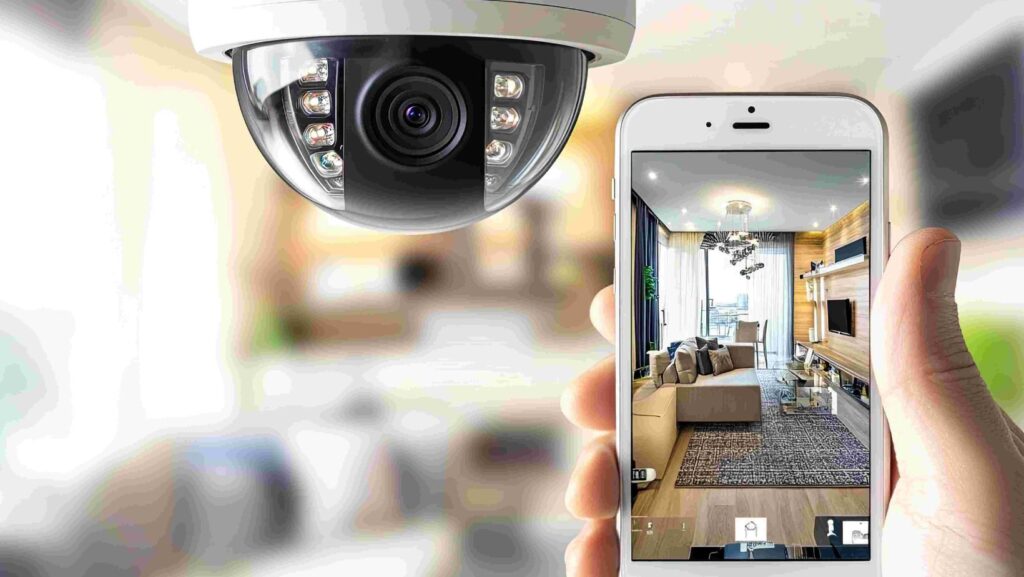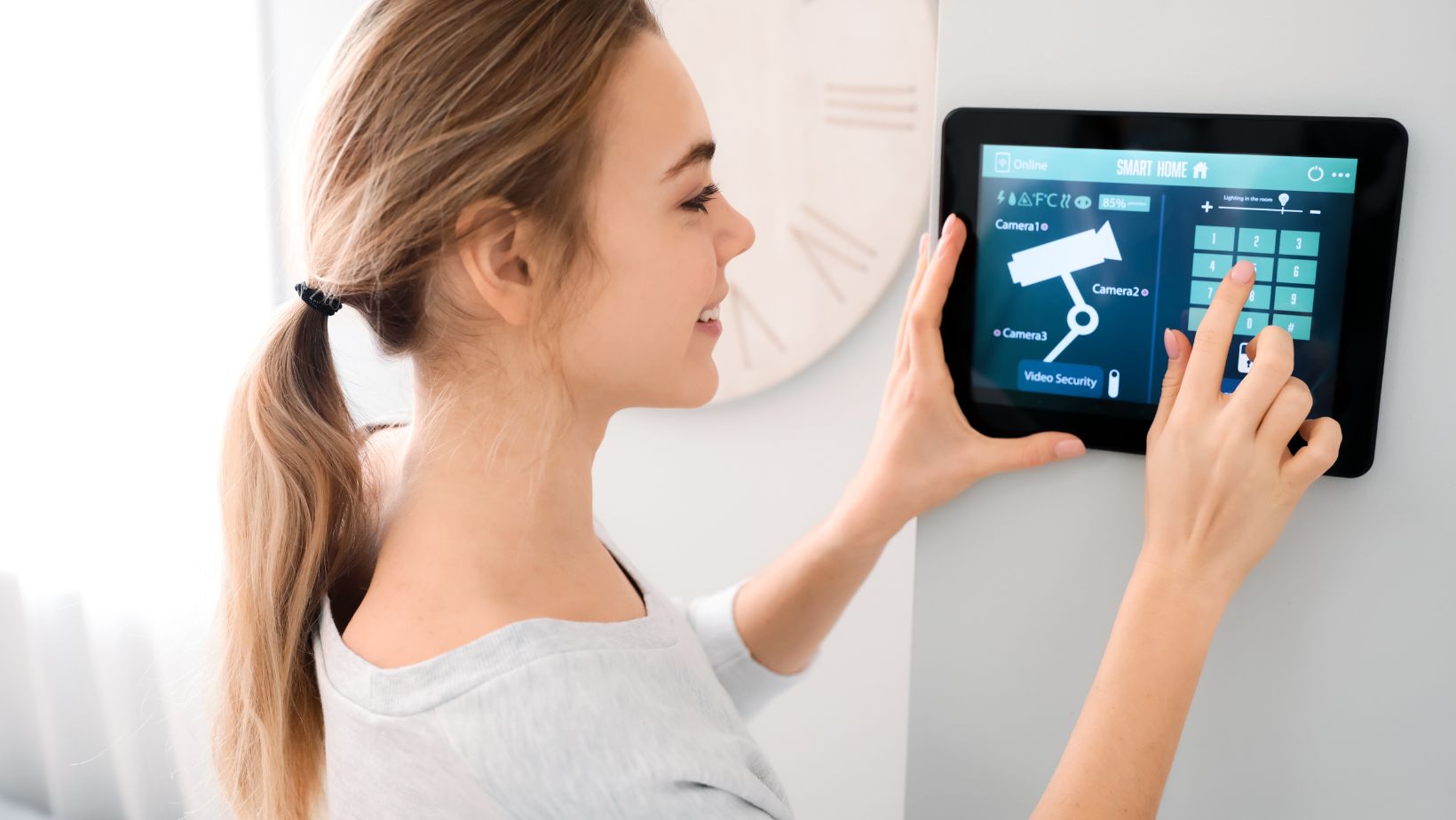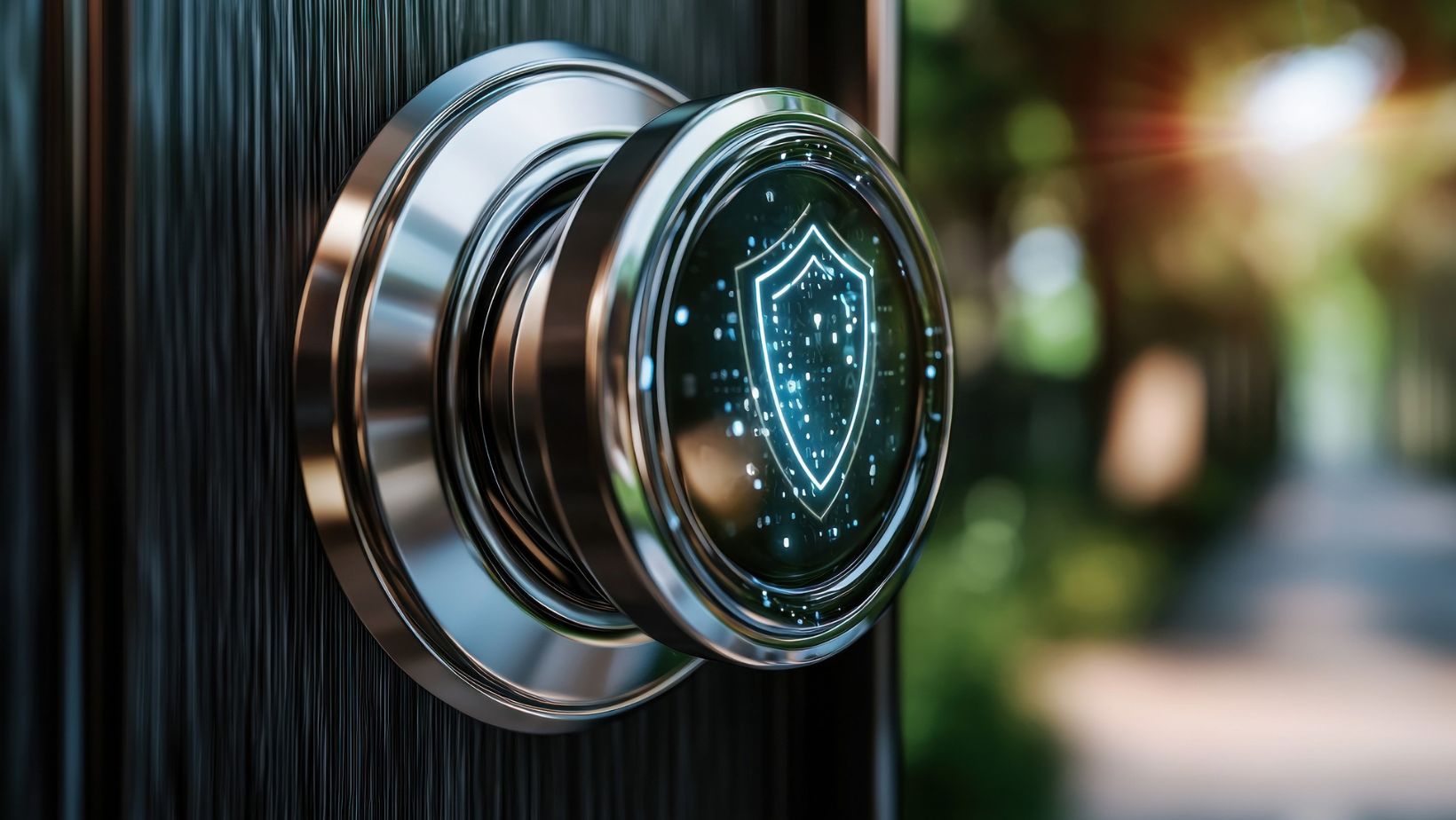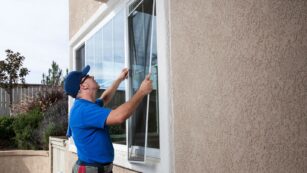
Buying your first home is a major milestone—but protecting it is just as important as decorating it. A well-designed home security system doesn’t just deter burglars; it gives you peace of mind whether you’re at home or away.
The good news? You don’t need to spend a fortune or hire professionals to build an effective security setup. With the right strategy, you can create a layered defense that keeps intruders out and alerts you to potential threats. Read on.
Why Home Security Matters More Than You Think
Having a smart home security system is non-negotiable for the following reasons:
- Burglaries happen frequently. You and your family deserve to have peace of mind.
- Most break-ins are opportunistic. Criminals target homes with weak security—unlocked doors, dark yards, or no alarm systems.
- Smart home security systems make security easier and cheaper. Examples like high-quality smart locks let you secure your home remotely and conveniently.
The bottom line? A few smart upgrades can drastically reduce your risk.
Step 1: Conduct a Thorough Security Audit
Start by playing detective. Walk around your property (inside and out) and look at different aspects of your home.
First, look for any weak spots in the exterior. Be on the lookout for the following: any dark corners where someone could hide, flimsy door locks or weak strike plates, easy-to-open ground-floor windows, overgrown bushes that provide cover for intruders, and so on.
Next, focus your attention on interior vulnerabilities. Ask yourself the following questions:
- Do you have sliding glass doors (a burglar’s favorite)?
- Are spare keys hidden in obvious spots (like under a mat)?
- Is your Wi-Fi network unprotected? (Potential intruders can disable smart security devices.)
Pro tip: take photos of weak points so you remember what to fix.
Step 2: Strengthen Doors and Windows
Your doors and windows are your first line of defense against intruders.
Proceed first with upgrading your locks. Install deadbolts—the strongest grade that you can find. Avoid cheap locks that can be picked or bumped easily. Moving forward, look into your strike plates, too. Replace weak strike plates with heavy-duty ones secured by long screws so doors can’t be kicked in.
If you want to take your home security up a notch, you can try smart locks. They’re keyless entry locks requiring professional installation. With them, you can: lock/unlock doors remotely, give temporary access codes to guests, and get alerts if someone enters.
Don’t forget to have secured windows as well. Install window sensors that trigger an alarm when opened, use reinforced glass, and make use of window bars.
Step 3: Install a Security Camera System
Cameras are a top deterrent for unwanted home break-ins. You can choose from many home camera options: wireless setups, wired cameras, doorbell cameras, and many more.
Recommended placement tips include the following: your front door (cover entryways and package theft risks), backyard or patio (common break-in points), garage and driveway (protects cars and tools), and interior (for monitoring pets or checking in remotely).
Step 4: Light Up Your Property
Motion-activated lights startle intruders and make your home less appealing. Your top lighting options range from floodlights to at-home smart lights.
You can install your security lighting in the following areas in your home: near all entry doors, along pathways and driveways, and in dark corners of the yard.
Step 5: Set up an Alarm System
Alarms scare off intruders and alert you (or authorities) immediately.
There are multiple alarm systems that you can enjoy. There are beginner-friendly alarms that are easy to install and monitor, professional alarms that come with all the bells and whistles (outdoor security cameras, motion detector sensors, and so much more), and smart alarms.
Be on the lookout for these must-have features: loud siren sound, glass-break sensors, and battery storage for power outages.
Step 6: Add Smart Home Security Tech
Take your system to the next level with automation. Top smart devices to consider range from video doorbells (to see and speak to visitors from your phone), smart Sensors (to detect doors/windows being opened), voice control (to arm/disarm alarms using your voice), and whatnot.
Luckily, many devices work together (e.g., a motion sensor can trigger lights and cameras) to protect your family and your home.
Step 7: Protect Your Wi-Fi Network
Hackers can disable smart security devices if your network is weak.
How to secure your Wi-Fi? Change the default router password first. Then, use strong network encryption. Set up a guest network (for visitors) as well. Finally, enable firewall protection.
Step 8: Make it Look Like You are Always at Home
Burglars often case homes before striking. Fool them by thinking someone is always at home. You can do the following: use smart plugs, stop deliveries when traveling, and ask your neighbors to park in your driveway during long vacations.
Step 9: Build a Neighborhood Watch
A strong community is a powerful deterrent. Exchange contact info with neighbors and report suspicious activity to the authorities.
Step 10: Test and Maintain Your System
A neglected system is a useless one. Perform monthly checks to test alarms, cameras, and sensors. Next, change your at-home smoke detector and replace batteries yearly. And keep smart devices updated with the latest security patches against hackers.
Final Thoughts: Your Home’s Safety Starts Today
Security is non-negotiable. By layering physical barriers, smart tech, and vigilance, you’ll make your home a fortress without turning it into a bunker.
Your action plan? Start small, add tech gradually, and stay consistent.
The best time to secure your home was yesterday. The second-best time? Now.














